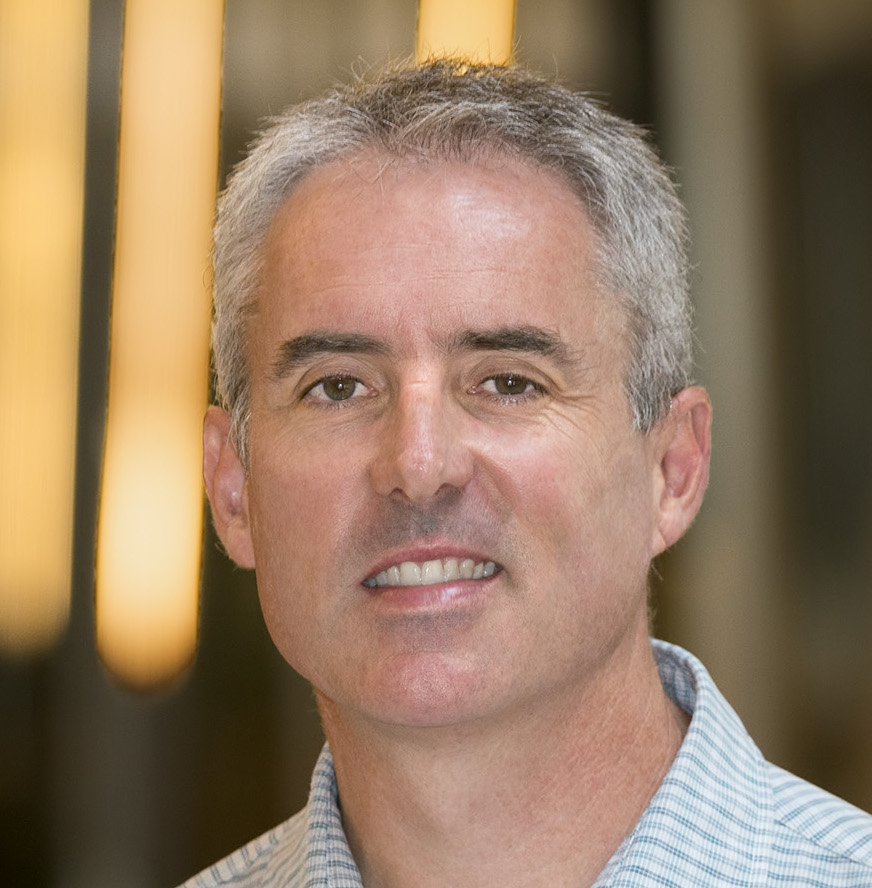Kepler predictions for thermonuclear bursts
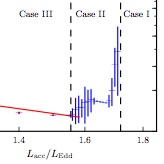 Monash researcher
Alexander Heger has been for many years exploring
the dependence of thermonuclear burst properties on the source conditions,
including accretion rate and fuel composition. A year or two back Honours
student
Nathanael Lampe took all of the models
Alexander had compiled over the years, and performed a common analysis,
measuring the burst recurrence time and energetics, for the purposes of
comparing broadly to observations, as well as understanding the stability
properties of the bursts. As part of this analysis, Nathanael assembled a
table giving the properties of bursts in each available run. Nathanal's paper
has now been accepted by ApJ, and it is anticipated that the
burst table
will become a useful resource for observers (and theorists) in years
to come.
Monash researcher
Alexander Heger has been for many years exploring
the dependence of thermonuclear burst properties on the source conditions,
including accretion rate and fuel composition. A year or two back Honours
student
Nathanael Lampe took all of the models
Alexander had compiled over the years, and performed a common analysis,
measuring the burst recurrence time and energetics, for the purposes of
comparing broadly to observations, as well as understanding the stability
properties of the bursts. As part of this analysis, Nathanael assembled a
table giving the properties of bursts in each available run. Nathanal's paper
has now been accepted by ApJ, and it is anticipated that the
burst table
will become a useful resource for observers (and theorists) in years
to come.
Read the paper arXiv:1512.05769
Labels: 2015, /thermonuclear bursts


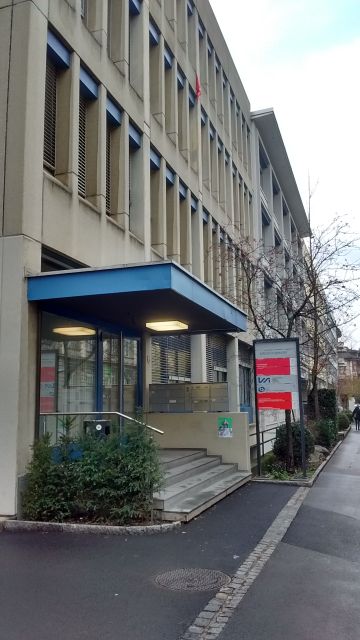 In December we kicked off a new international team supported by Bern's
In December we kicked off a new international team supported by Bern's
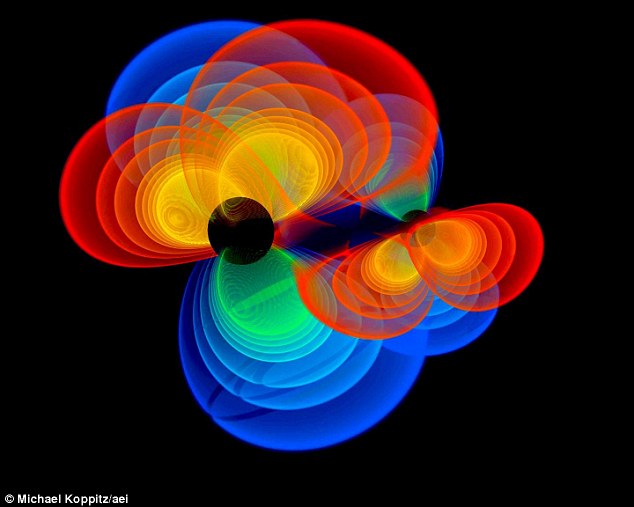 The first observations by a worldwide network of advanced interferometric
gravitational wave detectors offer a unique opportunity for the astronomical
community. At design sensitivity, these facilities will be able to detect
coalescing binary neutron stars to distances approaching 400 Mpc, and neutron
star-black hole systems to 1 Gpc.
The first observations by a worldwide network of advanced interferometric
gravitational wave detectors offer a unique opportunity for the astronomical
community. At design sensitivity, these facilities will be able to detect
coalescing binary neutron stars to distances approaching 400 Mpc, and neutron
star-black hole systems to 1 Gpc.
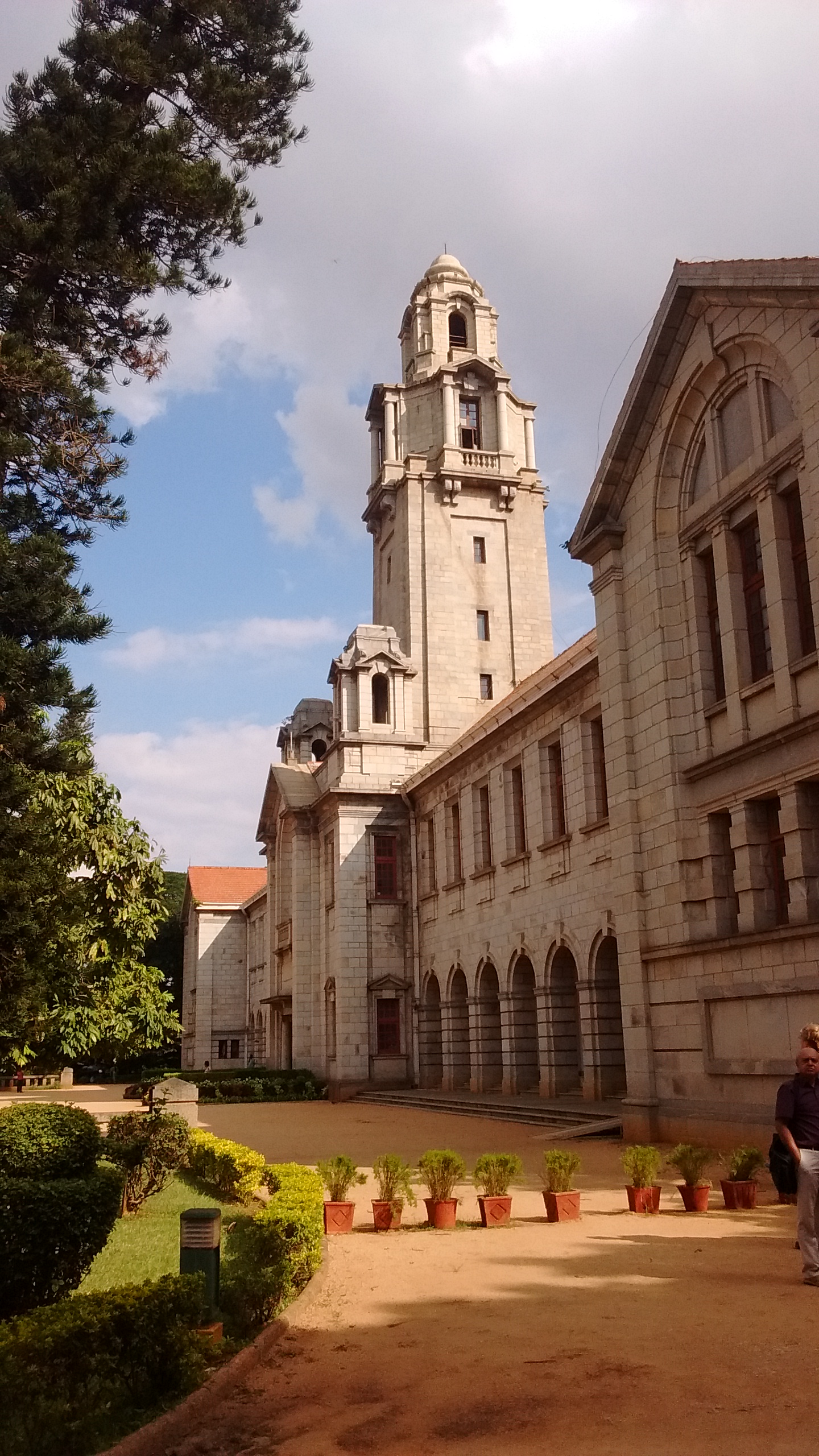 It's an exciting time for Indian science at the moment, with the
It's an exciting time for Indian science at the moment, with the
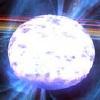 Neutron stars are arguably the most exotic objects in the universe. Like one of those annoying friends who seemingly must overachieve in every aspect of life, neutron stars exceed in almost every category: surface gravity; magnetic field strength; density; and temperature.
Neutron stars are arguably the most exotic objects in the universe. Like one of those annoying friends who seemingly must overachieve in every aspect of life, neutron stars exceed in almost every category: surface gravity; magnetic field strength; density; and temperature.
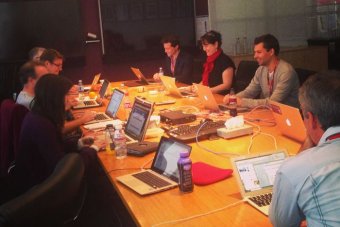
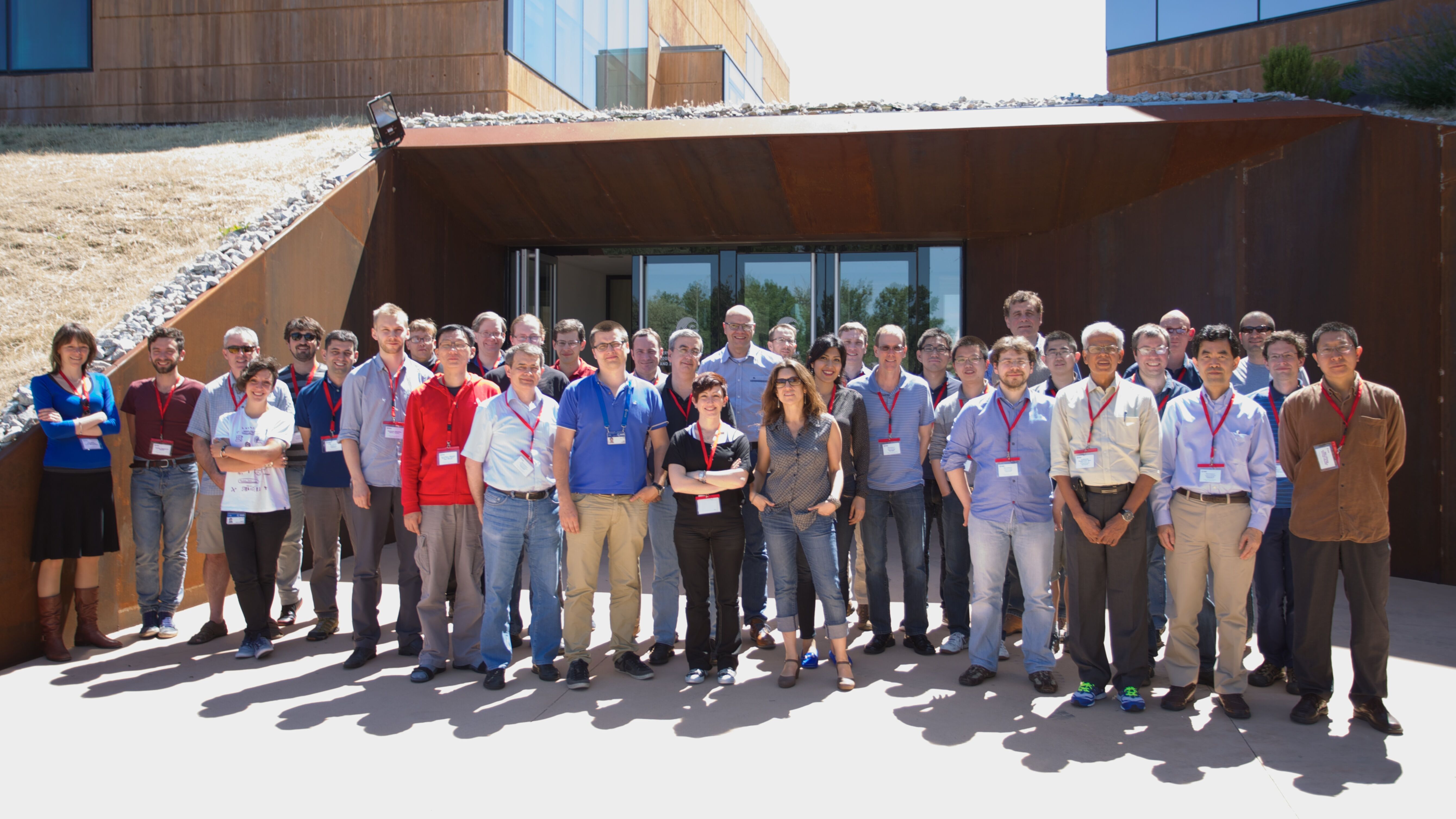 This June the terrific people at ESAC hosted a 3-day
This June the terrific people at ESAC hosted a 3-day
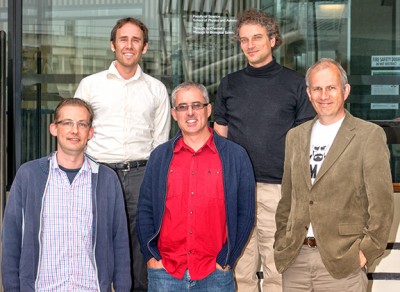
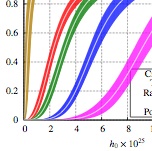 Sco X-1 is the brightest X-ray source (excluding the sun) in the sky, and
is potentially also the brightest source of continuous gravitational waves.
Sco X-1 is the brightest X-ray source (excluding the sun) in the sky, and
is potentially also the brightest source of continuous gravitational waves.
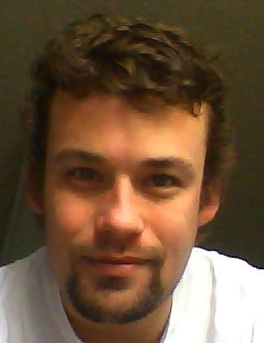 I am proud and pleased to report
the award of
I am proud and pleased to report
the award of
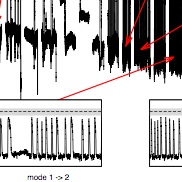 The Rapid Burster is a neutron-star binary that exhibits singular behaviour;
extremely frequent "type-II" X-ray bursts, which cannot be thermonuclear in
origin. The standard explanation of these bursts is that they arise from
episodic accretion onto the neutron star, and it is this accretion which also
fuels the (mostly) independent thermonuclear (type-I) bursts. The
The Rapid Burster is a neutron-star binary that exhibits singular behaviour;
extremely frequent "type-II" X-ray bursts, which cannot be thermonuclear in
origin. The standard explanation of these bursts is that they arise from
episodic accretion onto the neutron star, and it is this accretion which also
fuels the (mostly) independent thermonuclear (type-I) bursts. The
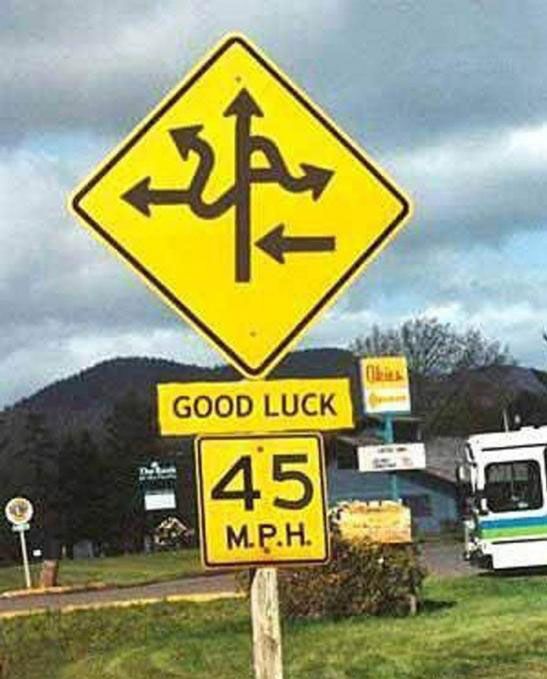 The NCA has completed and released the first draft of Australian Astronomy's
Decadal plan for 2016—25, which you can download
The NCA has completed and released the first draft of Australian Astronomy's
Decadal plan for 2016—25, which you can download
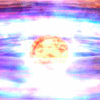 In a study of several hundred "photospheric radius-expansion" bursts observed by the
In a study of several hundred "photospheric radius-expansion" bursts observed by the
 I am pleased and proud to report that the award of Sammanani (Shakya)
Premachandra's PhD degree was approved last week. Shakya's thesis, entitled
"Precision ephemerides of neutron star binaries to assist gravitational wave
searches: Sco X-1 & Cyg X-2" was submitted last September. Her thesis involved
extensive analyses of optical data of candidate gravitational wave sources
Scorpius X-1 and Cygnus X-2, with a view towards improving the precision of
binary orbital parameters and hence making more sensitive searches for
gravitational waves in future with
I am pleased and proud to report that the award of Sammanani (Shakya)
Premachandra's PhD degree was approved last week. Shakya's thesis, entitled
"Precision ephemerides of neutron star binaries to assist gravitational wave
searches: Sco X-1 & Cyg X-2" was submitted last September. Her thesis involved
extensive analyses of optical data of candidate gravitational wave sources
Scorpius X-1 and Cygnus X-2, with a view towards improving the precision of
binary orbital parameters and hence making more sensitive searches for
gravitational waves in future with
